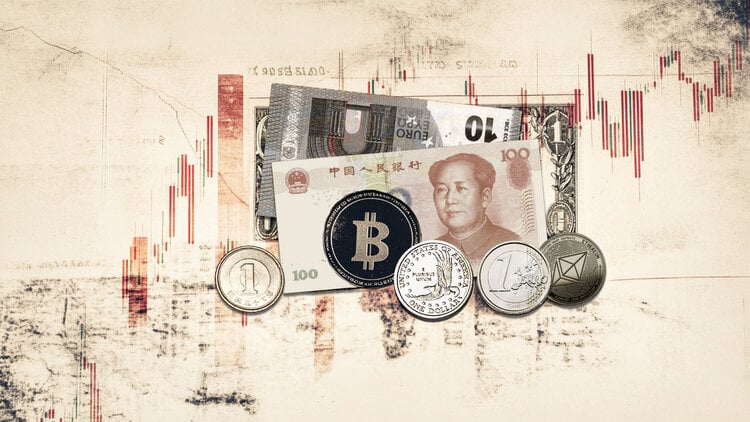- Oil prices fall further as minimal impact from Hurricane Beryl eases supply concerns.
- Fed’s Powell could provide clues as to when the central bank will make rate cuts.
- This week, investors will focus on June CPI reports from China and the US.
West Texas Intermediate (WTI) futures on NYMEX extend their correction near $81.00 in early American trading on Tuesday. Oil prices face selling pressure as supply concerns ease after the weather department showed that Hurricane Beryl weakened to a tropical storm after hitting the Texas coast.
Prior to that, major oil shipping ports near the Gulf of Mexico, such as Corpus Christi, Galveston and Houston, were closed to prevent any further damage to infrastructure from Hurricane Beryl.
On the geopolitical front, rising expectations of a ceasefire between Israel and Palestine have also eased the risks of supply chain disruptions.
Meanwhile, investors await Federal Reserve (Fed) Chairman Jerome Powell’s semi-annual testimony before Congress, scheduled for 14:00 GMT. Investors will be looking for clues on when the Fed will start cutting interest rates this year. Powell is less likely to provide a concrete time frame for rate cuts as policymakers are uncertain whether the disinflation process has resumed after stalling in the first quarter.
This week, investors will be particularly focused on the Consumer Price Index (CPI) reports from China and the United States (US), due out on Wednesday and Thursday, respectively.
Oil prices will be significantly influenced by China’s inflation data, as the nation is the world’s largest oil importer. China’s annual consumer inflation is expected to grow at a faster pace of 0.4%. The annual Producer Price Index (PPI) is estimated to have contracted at a slower pace of 0.8%.
Investors will be particularly focused on US inflation data to see whether the disinflation process has resumed.
Brent Crude FAQs
Brent crude oil is a type of crude oil found in the North Sea that is used as a benchmark for international oil prices. It is considered “light” and “sweet” due to its high gravity and low sulfur content, making it easy to refine into gasoline and other high-value products. Brent crude oil serves as a benchmark price for approximately two-thirds of the world’s internationally traded oil supplies. Its popularity is based on its availability and stability: the North Sea region has a well-established infrastructure for oil production and transportation, ensuring a reliable and steady supply.
Like all assets, supply and demand are the key drivers of the Brent crude oil price. As such, global growth can be a driver of higher demand and vice versa for weak global growth. Political instability, wars and sanctions can disrupt supply and affect prices. Decisions by OPEC, a group of major oil producing countries, are another key driver of price. The value of the US Dollar influences the Brent crude oil price as oil is predominantly traded in US Dollars, so a weaker US Dollar can make oil more affordable and vice versa.
Weekly oil inventory reports released by the American Petroleum Institute (API) and the Energy Information Agency (EIA) impact the price of Brent crude oil. Changes in inventories reflect fluctuating supply and demand. If the data shows a drop in inventories, it may indicate an increase in demand, which pushes up the price of oil. Higher inventories may reflect an increase in supply, which pushes down prices. The API report is released every Tuesday, and the EIA report the following day. Their results are usually similar, within 1% of each other 75% of the time. The EIA data is considered more reliable since it is a government agency.
OPEC (Organization of the Petroleum Exporting Countries) is a group of 13 oil-producing nations that collectively decide production quotas for member countries at semi-annual meetings. Their decisions often affect Brent crude oil prices. When OPEC decides to reduce quotas, it can restrict supply, driving up oil prices. When OPEC increases production, it has the opposite effect. OPEC+ refers to an expanded group that includes ten additional non-OPEC members, the most notable of which is Russia.
Source: Fx Street
I am Joshua Winder, a senior-level journalist and editor at World Stock Market. I specialize in covering news related to the stock market and economic trends. With more than 8 years of experience in this field, I have become an expert in financial reporting.







